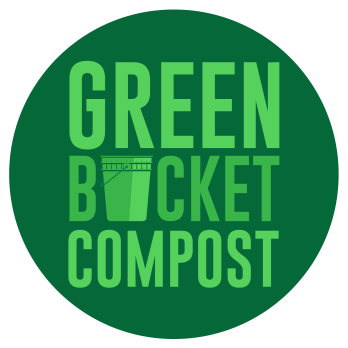With the passage of the Inflation Reduction Act, companies large and small are exploring the incredible potential of biogas production through anaerobic digestion (AD). AD is not a new innovation – many large scale farms and wastewater facilities in the US already utilize this process to generate renewable natural gas (RNG) from biosolids.
This ‘old school’ technology is getting a major boost, though, thanks to federal incentives aimed at decarbonizing the economy and an increase in demand for food waste diversion and recycling.
For background, the EPA identifies six preferred methods of food waste processing in its food waste hierarchy, with AD coming in fourth behind source reduction, edible food recovery and on-farm use as animal feed. While these general guidelines are helpful, factors such as contamination, proximity to processing facilities, and even the composition of the material can render one method more beneficial than another regardless of its ranking in the hierarchy.
AD’s role cannot be overstated in the race to diversify America’s energy supply and eliminate organic material from the nation’s landfills and incinerators. Its ability to convert biosolids, yard and food waste into RNG while producing digestate that can then be composted to create soil amending fertilizer make it a 2 for 1 deal.
That’s among the reasons companies such as Divert , Burnham RNG , Vanguard Renewables and countless others have chosen to heavily invest in this growing sector.
But now that the digesters are coming, who will feed them?
Centralized feedstock sources such as dairy farms, hog farms and wastewater treatment plants provide a stable daily volume of material. However, co-digestion with source-separated food waste supercharges the energy generating potential of the AD process and must be incorporated into longterm planning for such facilities.
This is easier said than done, as post-consumer food waste collection is challenging in comparison to other waste streams like plastic or cardboard and much more decentralized in nature than large, single source agricultural generators. Grocery stores, restaurants, universities, hospitals and households account for more than half of total food waste volumes but are often disconnected from AD processing sites due to distance and lack of hauling options.
Even in areas with organics hauling infrastructure, piecemeal, non-compulsory regulations around food waste separation and lack of consumer awareness prevent countless tons of this energy generating material from being utilized to its fullest potential.
Despite the headwinds, dedicated food waste solutions providers like Green Bucket Compost connect and aggregate these decentralized feedstock sources to provide valuable material for RNG producers and are critical in ensuring the continued success of the biogas industry.
As municipalities look to implement curbside food waste collections and businesses aim to achieve zero waste targets, private food waste hauling companies will continue to provide the infrastructure needed to reduce landfill and incinerator emissions while supporting renewable energy production.



